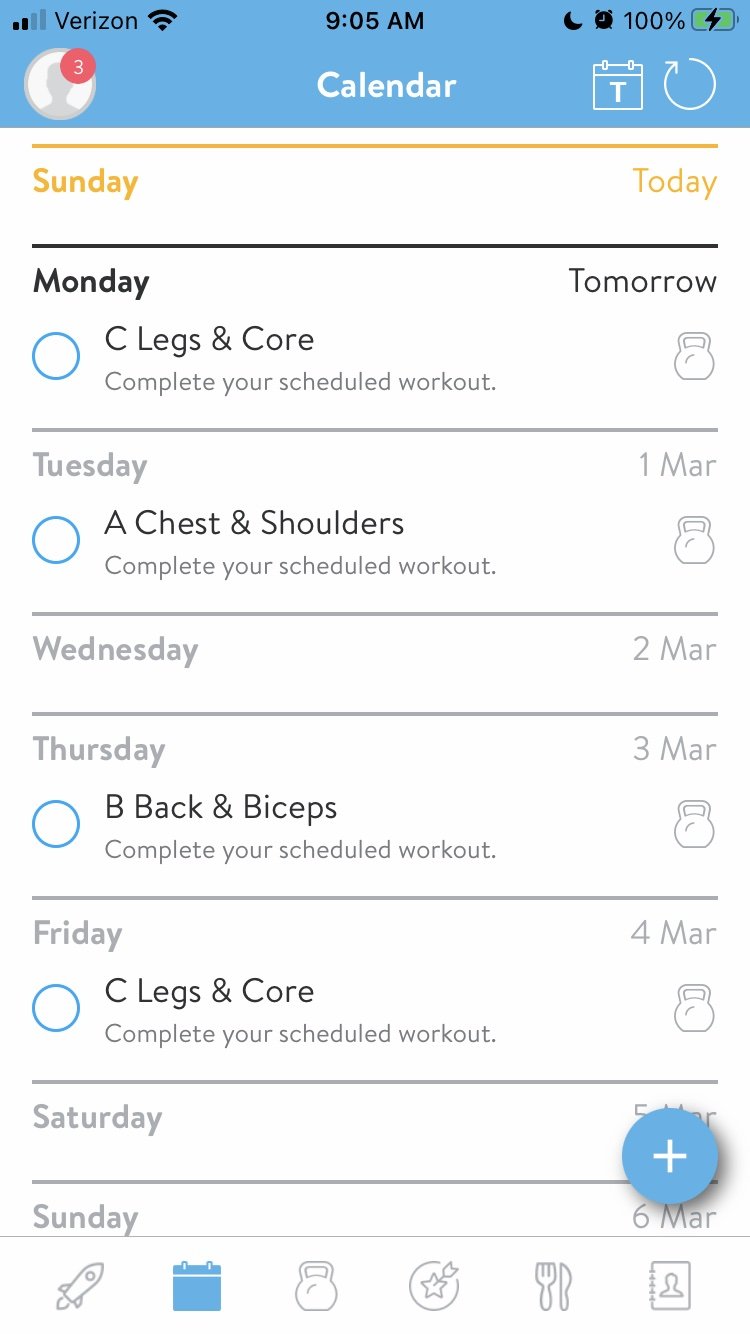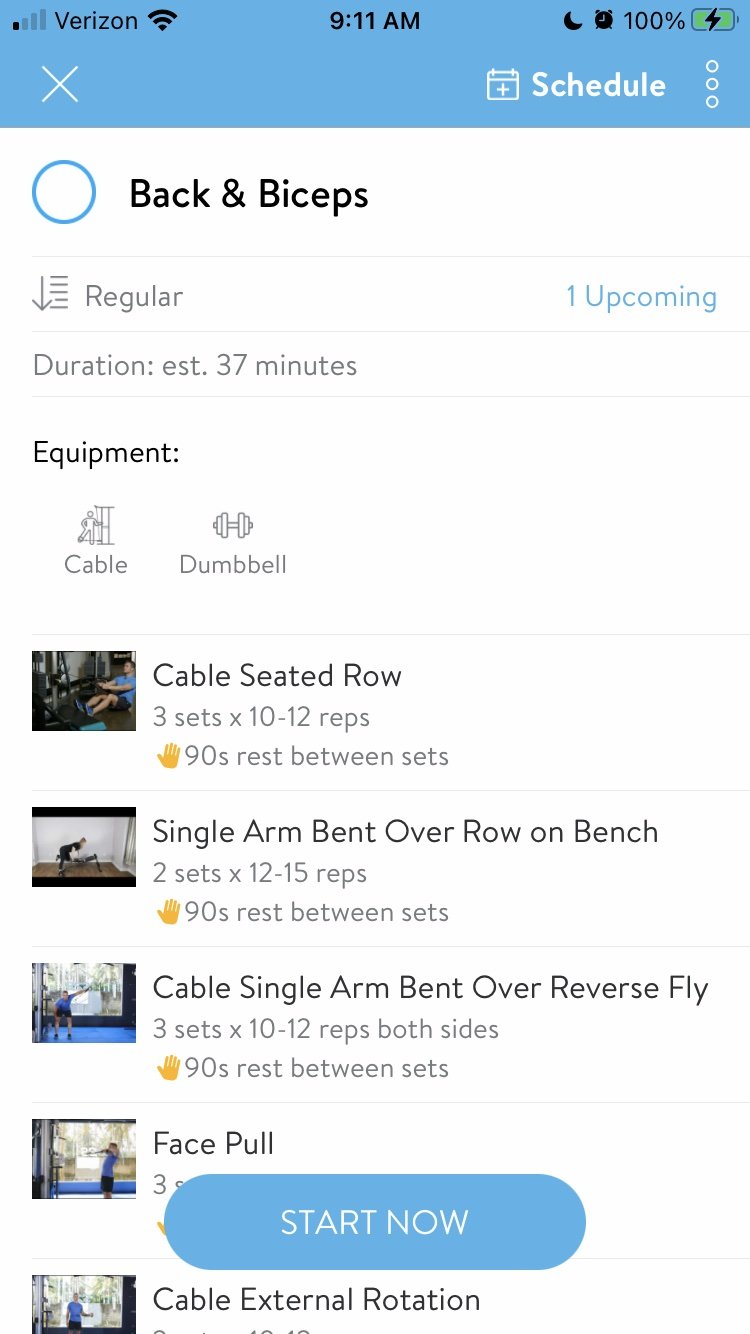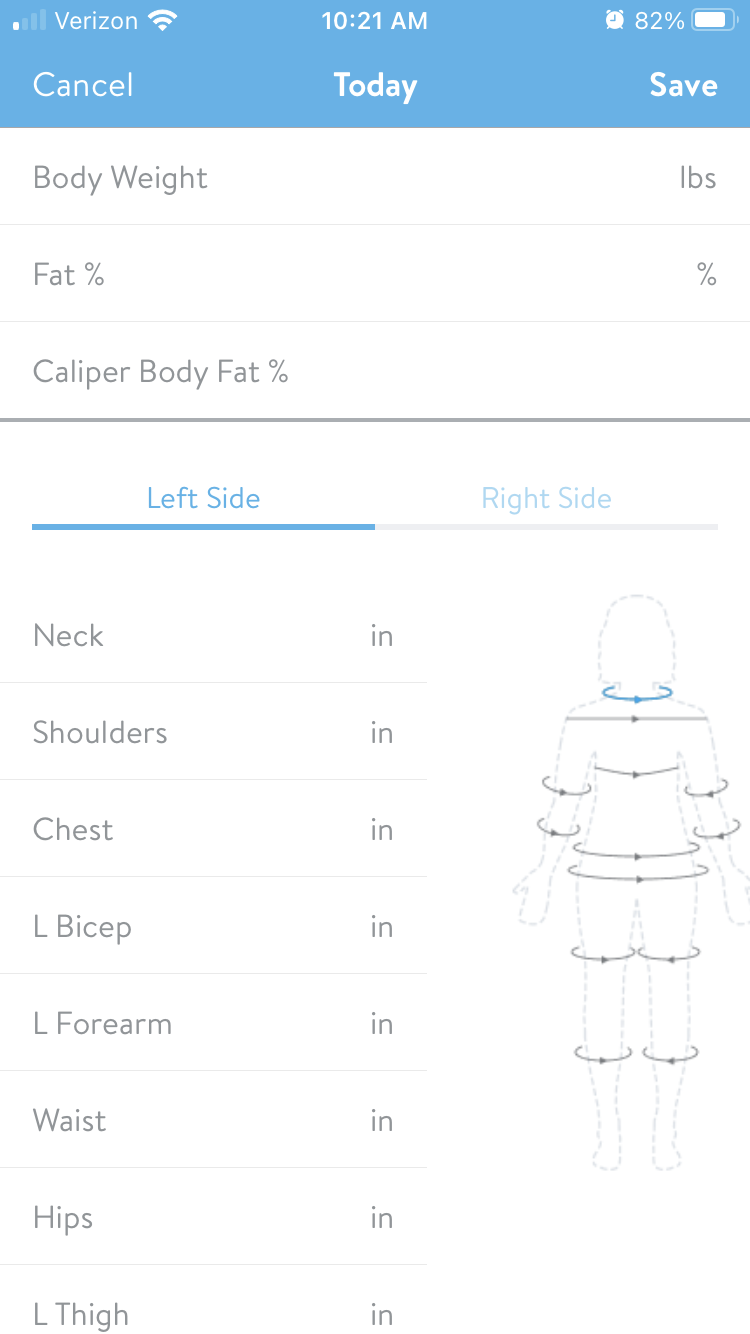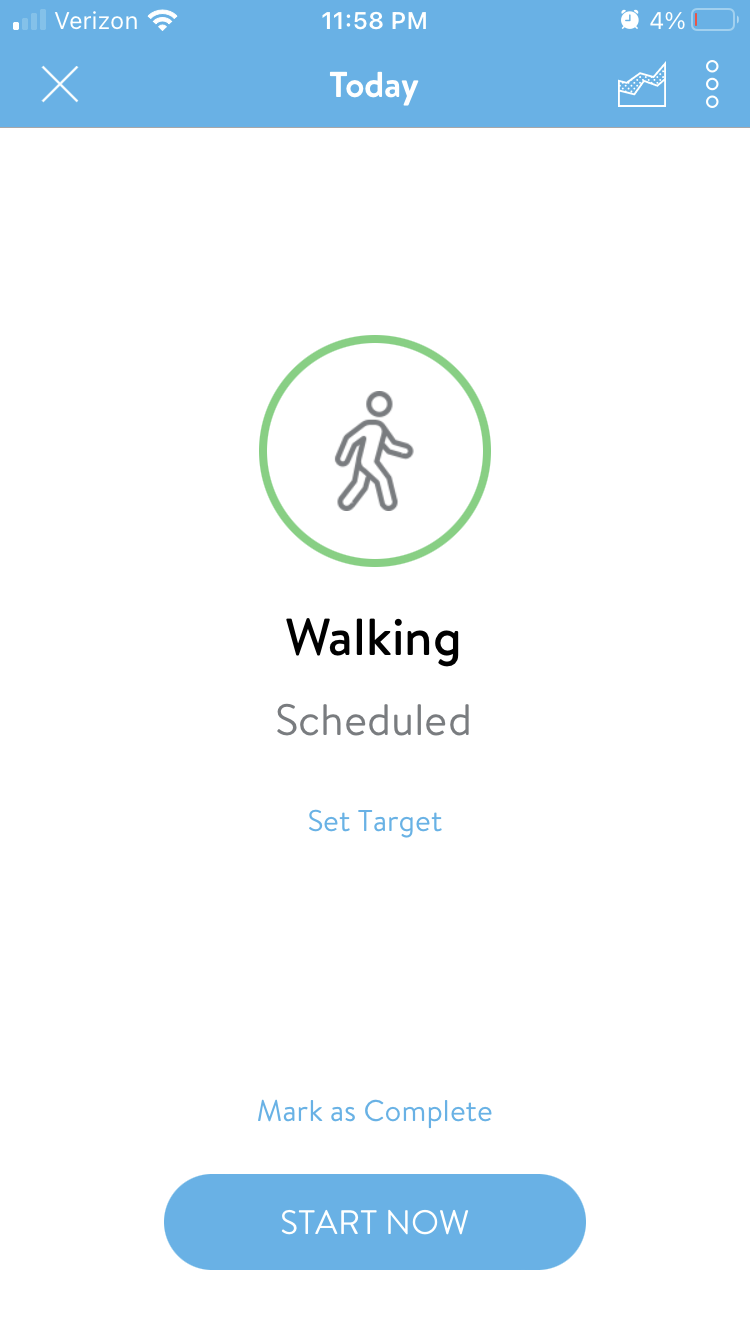Summer Weight Loss Challenge Starts Now!
Now is the perfect time to get started on your weight loss so you can hit the beach (or pool) with confidence!
Summer is just a little over 2 months away, which means if we get started now you can lose as much as 20 pounds before the pools open up. ☀️ 🏖
I know that losing weight can be overwhelming and frustrating, but I’m telling you: you can do this!
To make things easier, I’ve broken the process up into 3 simple steps that are easy to put into practice, along with resources to help you be successful!
I’ve also created a free downloadable Weight Loss journal to help you stay on track with your weight loss over then next 10 weeks. The prompts in this journal will help you set a goal for your weight loss and reflect on your progress each week. Click below to download:
What is Body Fat?
Before we get into the nitty-gritty of how to burn fat, let’s first talk about what it is and how it works.
Our bodies need a certain amount of fat to stay healthy, depending on your biological sex and age.
Body fat serves a variety of functions that keep your body healthy. For example, it cushions your internal organs and helps regulate your body temperature. Fat is also necessary for your body to absorb certain nutrients and regulate your hormones.
Another important function of body fat is that it stores energy. This is important for keeping your body healthy and energized during periods of scarcity (i.e. if food is not widely available).
According to the American College of Sports Medicine (2009-2013), female bodies need a minimum of 10-13% body fat. Ideal body fat percentages according to age groups for women are:
Ages 20-29: 15.2% to 23.5%
Ages 30-39: 15.5% to 24.8%
Ages 40-49: 16.8% to 27.4%
Ages 50-59: 19% to 30%
Ages 60-69: 20.1% to 30.8%
Ages 70-79: 18.8% to 30%
Male bodies on average need a minimum of about 3% essential body fat. Ideal body fat percentages according to age for men are:
Ages 20-29: 7.9% to 18.6%
Ages 30-39: 12.5% to 21.6%
Ages 40-49: 15% to 23.5%
Ages 50-59: 17% to 24.9%
Ages 60-69: 18.1% to 25.6%
Ages 70-79: 17.5% to 25.2%
Many people struggle to stay within the recommended body fat percentages for a number of reasons. One reason for this is that we just aren’t very active. The average adult in the U.S. spends 9.5 hours a day sedentary (that is, seated or not moving very much) according to a 2021 study. We also have access to a lot of calorie-dense food (foods that are high in calories). As a result, many people end up taking in more energy than their bodies spend—which causes their bodies to store more fat.
To keep your body in a healthy body fat percentage, it’s important to manage your caloric intake, stay active, and build lean muscle.
Step 1: Manage Your Caloric Intake
Managing what you eat is the most important part of successful fat loss. Many people try to lose fat without changing how they eat and just try to exercise away their body fat. This approach may help you to lose a little bit of weight initially but isn’t a good strategy for long-term success.
It can be exhausting and even dangerous to try and “work off” surplus calories that you eat every day. Also, exercising more may actually increase your appetite, which can cause you to eat more.
The first step to managing your daily calorie intake is to figure out how many calories you need to eat for your body weight to stay the same—this is your maintenance level of calories.
Find Your Maintenance Calories
Research suggests that the average adult female needs about 2,000 calories per day and the average adult male needs about 2,500 calories each day to maintain body weight.
But your unique body might need more or fewer calories!
You can calculate your Total Daily Energy Expenditure (TDEE) to get an estimate of your maintenance calories (TDEE is an estimation of how many calories your body burns on an average day).
Once you have an estimated number for your maintenance calories, you’ll need to test that number for at least one week. To do this, use a calorie tracking app (like MyFitnessPal) or follow a meal plan to eat the number of calories that you calculated every day.
Then weigh yourself every day and keep track of both your calorie intake and body weight in a fitness journal or notebook.
At the end of one week, reflect on how your body weight responded to the number of calories that you ate every day:
If your body weight goes up, you’ll need to reduce your daily calorie goal by 50-100 calories and try again for another week. Keep adjusting until your weight stays roughly the same for an entire week.
If your body weight goes down, you’ll need to add 50-100 calories to your daily calorie goal and try again for another week. Keep adjusting until your weight stays roughly the same for an entire week.
Once your body weight stays about the same over the course of a week, the average number of calories that you eat every day is your maintenance level of calories. You’ll use this number to set a new daily calorie goal for fat loss.
Set Your Fat Loss Calorie Goal
Remember: to burn fat, you need to put your body into a calorie deficit—meaning you’re eating fewer calories than what your body burns. This forces your body to tap into its fat stores for energy.
Rates of weight loss can differ greatly from person to person and can also change over time. Many experts recommend a calorie deficit of 500 calories below maintenance to burn 1 pound (0.45 kg) per week (based on traditional guidance that 1 pound or 0.45 kg of fat contains about 3500 calories).
For more gradual fat loss, plan to eat 250 calories below maintenance to burn 1/2 pound (0.2 kg) per week. This slower rate of fat loss will allow you to retain more muscle and avoid slowing your metabolism.
For faster fat loss, you can plan to eat 1,000 calories below maintenance to lose 2 pounds (0.9 kg) per week. Keep in mind that significant calorie deficits like this are more likely to break down lean muscle tissue in addition to fat—so it’s important to do resistance training and eat plenty of protein (about 0.8 grams per pound of your body weight).
How to Eat Your Calorie Goal
Once you’ve set a goal for how many calories to eat every day, let’s talk about how to put that plan into action!
One way to eat your daily calorie goal is to track your meals and snacks in a food journal or calorie-tracking app like MyFitnessPal.
Planning your meals ahead of time is another great way to make sure you’re staying on track with your diet. Many online recipes include nutritional information for each serving, but you can also use a calorie-tracking app like MyFitnessPal to create recipes and track the nutritional content of each serving.
You can also follow a ready-made meal plan for your daily calorie goal. Check out my collection of meal plans on my website for examples!
If you want to go into more depth, check out my Healthy Diet Makeover program. This short course can be completed in 2 weeks and will teach you the basics of how to eat a healthy and sustainable fat-loss diet.
Step 2: Stay Active
One of the first things I encourage my clients to do is set a daily or weekly exercise goal to get their bodies burning more calories.
You can get your body to burn a couple hundred more calories just by doing things like walking, taking the stairs, taking stretch breaks at work, or working out. In general, the more you move, the more calories you burn.
Some activities burn more calories than others depending on how fast you move, how many muscles you use, and how hard you push yourself. For example, walking at 3.5 mph for 30 minutes can burn almost 160 calories. Stair climbing for 30 minutes can burn about 250 calories. Check out this chart to see a list of different activities and their average number of calories burned.
The American Heart Association recommends getting between 150 and 300 minutes total of moderate-intensity activity per week. You can split your movement minutes up however you like:
30-60 minutes 5 days per week
35-75 minutes 4 days per week
50-100 minutes 3 days per week
Some people find it easier to stay consistent with a daily movement goal. This can be something like:
Walking 10,000 steps per day
Exercising for 30 minutes every day
Don’t make the mistake of thinking that you have to do some crazy high-intensity exercise every day to get a “good workout” or burn fat. In fact, doing super hard workouts all the time can backfire on your fat loss progress by leading to burnout or injury.
If, however, you like to do high-intensity workouts, set a limit of doing them no more than 2-3 times per week. Otherwise, do more gentle exercise like going for a walk, light jog, swim, or bike ride.
Step 3: Build Lean Muscle
Many people struggle with their fat loss by hitting what is called a plateau. This is an extended period when your body fat percentage and weight stop decreasing.
When you are in a calorie deficit, your body breaks down lean muscle tissue in addition to body fat. Over time, this can cause your body to burn fewer calories—making it harder to continue to lose weight.
Building muscle is a great way to avoid hitting a fat loss plateau. By doing resistance training 2-4 times per week, you can increase the amount of lean muscle tissue in your body and keep your daily calorie burn high.
Resistance training is a type of workout that focuses on building muscle and strength. It involves challenging the muscles to perform against some type of resistance (e.g., weights, bands, body weight, or machines).
If you consistently train the muscles to fatigue over a long period, your muscles will get noticeably stronger. As you build muscle, you’ll also find it easier to keep your fat loss going because your calorie burn will stay high.
Check out my 6-month resistance training programs available on the ABC Trainerize app:
Programs For Beginners:
Intermediate/Advanced Programs:
You can also use the ABC Trainerize app to track your fat loss progress. Record your Body Stats (weight, measurements, etc) each week and do a weekly reflection to stay on track. You can also use it to track your daily or weekly activity (like going on a daily walk, tracking your steps, or using a cardio machine at the gym).
Let’s Get Started
Now that you know the 3 steps to burning fat, it’s time to get started on your fat loss for summer.
To help you stay on track in your weight loss over then next 10 weeks, I’ve created a free downloadable Weight Loss journal. The prompts in this journal will help you set a goal for your weight loss and reflect on your progress each week.
I’ll also send you some more tips, tricks, and recipes to help you stay motivated and accountable. Fill out the form below to get your free Weight Loss Journal:
About the Author
Hey there! 👋 I’m certified personal trainer and health coach Jayd Harrison. I help people burn fat, clean up their diets, and build muscle with my online coaching programs and other online content. Check out my Coaching Corner podcast, videos on Youtube, join me live on Twitch, and follow me on social media:










